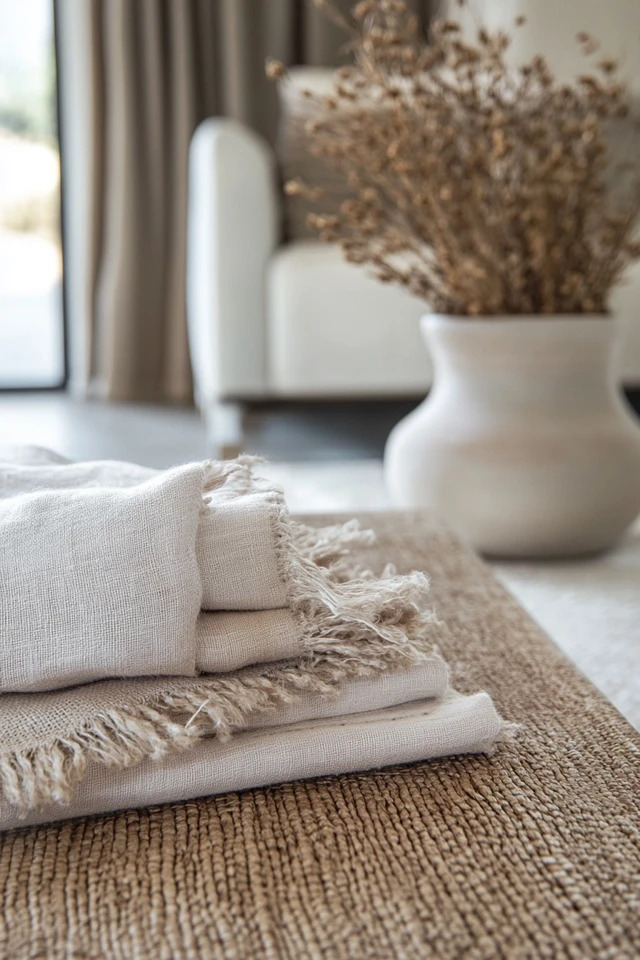Introduction
There’s something undeniably soothing about Scandinavian and coastal design styles. Both prioritize light, airy spaces, natural materials, and a connection to nature, making them a perfect pairing for creating a home that feels serene and welcoming. When combined, these styles offer a relaxed vibe that’s both sophisticated and laid-back—ideal for anyone looking to bring calm and beauty into their space.
I first discovered the magic of blending Scandinavian and coastal styles while redecorating my living room. I wanted the cozy simplicity of Nordic design but also craved the breezy, ocean-inspired feel of coastal decor. By mixing light woods, soft blues, and linen textiles, I achieved a space that felt like a tranquil retreat, full of warmth and effortless charm. The result was a home that felt grounded and refreshing, as if I could breathe easier the moment I stepped inside.
If you’re ready to combine the best of Scandinavian and coastal design, this guide will help you create a home that balances the cozy minimalism of Nordic interiors with the breezy elegance of coastal decor. Whether you live near the ocean or just want to channel its calm energy, this is how you can achieve a truly relaxed vibe.
The Perfect Design for You
Combining Scandinavian and coastal styles is ideal for anyone who loves bright, uncluttered spaces with a natural, organic feel. This design approach is perfect for beachside homes, city apartments, or anywhere you want to evoke a sense of calm and serenity.
Imagine a living room with light wood floors, a soft linen sofa, and woven baskets, accented with subtle coastal touches like striped throw pillows, driftwood decor, and a hint of ocean-inspired blue. By blending these two styles, you’ll create a space that feels fresh, relaxing, and perfectly balanced.
Picture Gallery
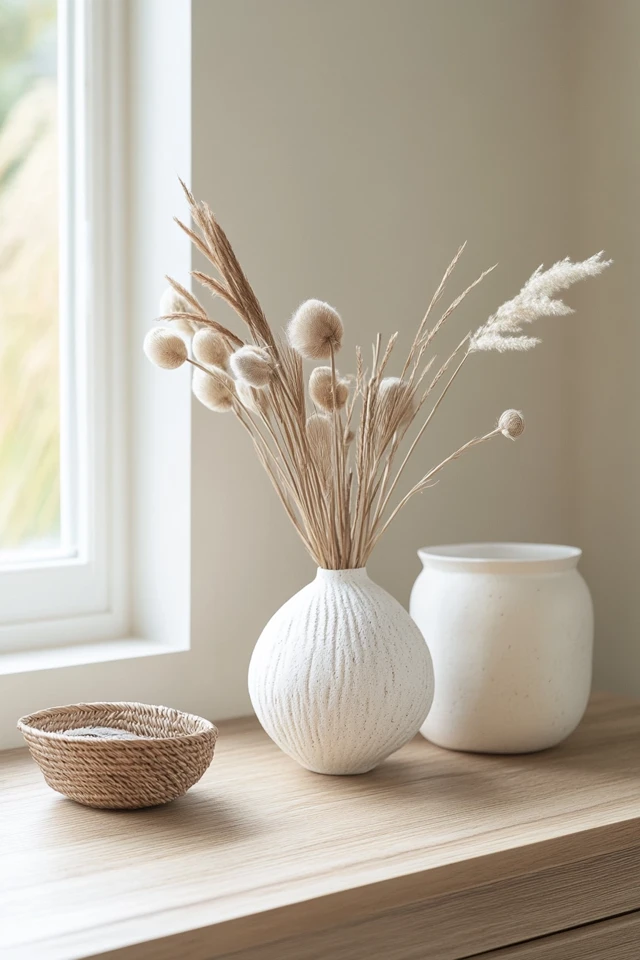
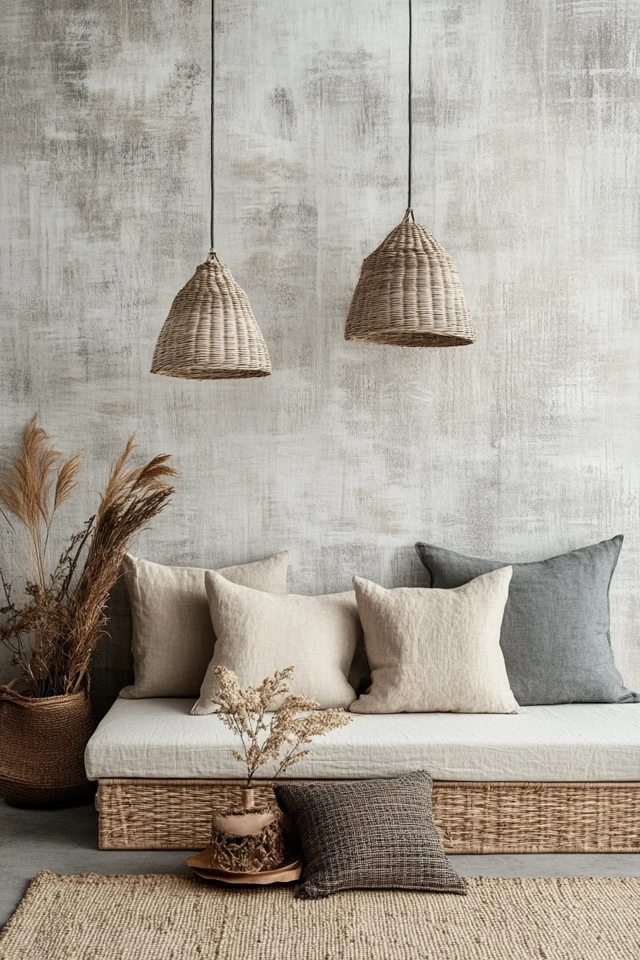
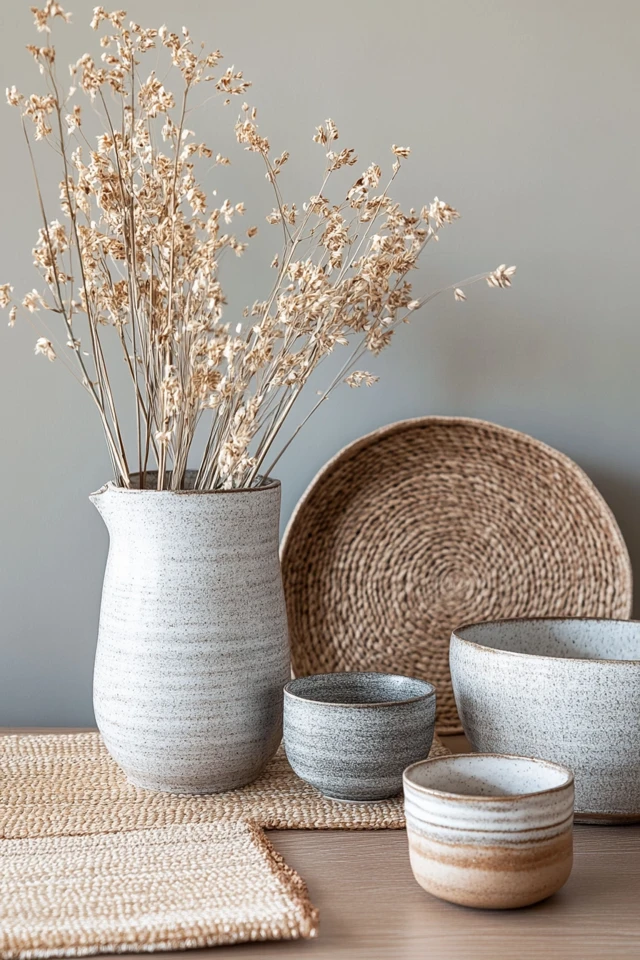
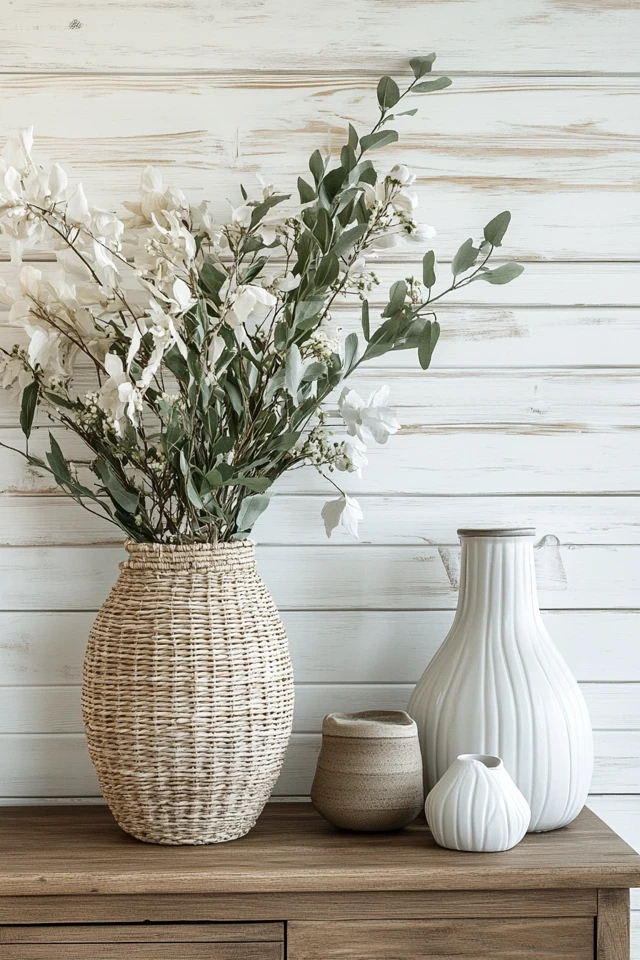
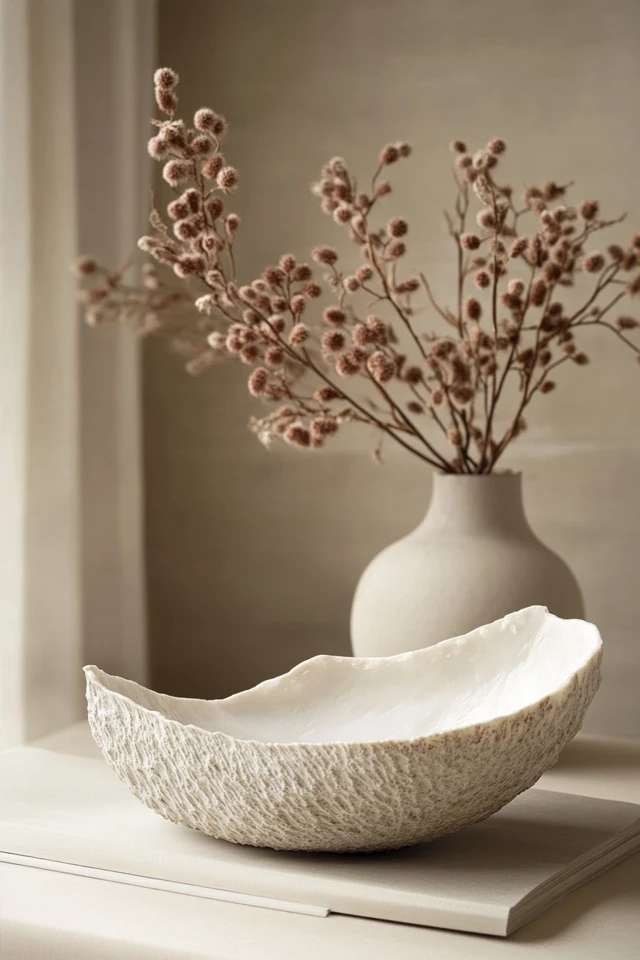
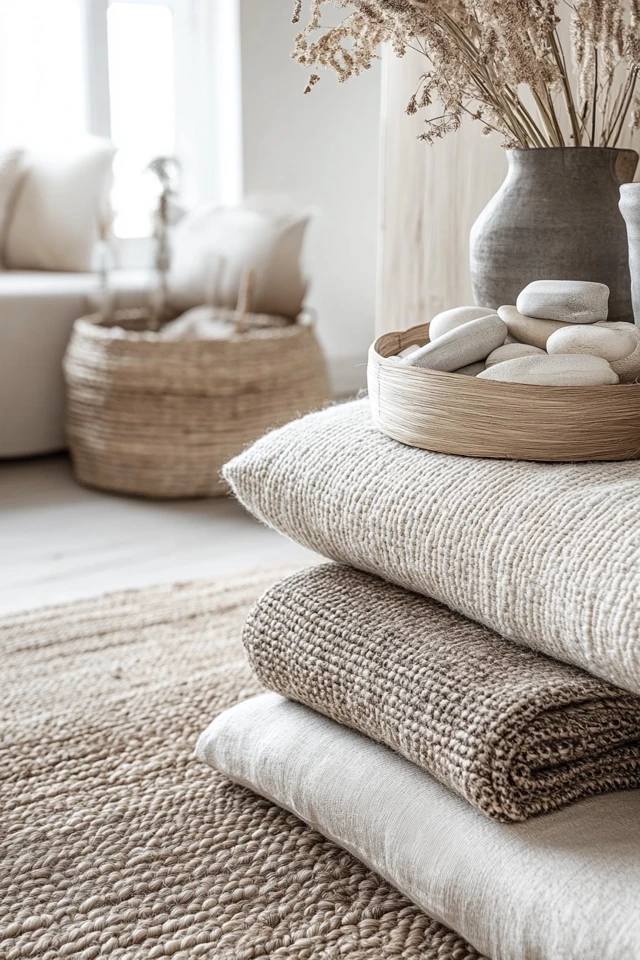
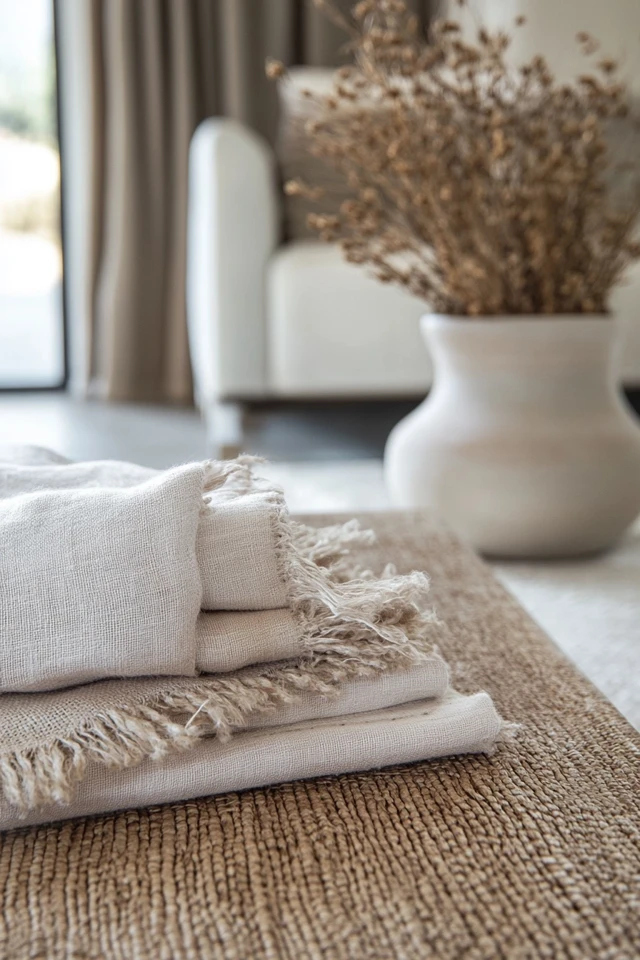
Why These Key Elements Work So Well Together
1. Neutral Color Palette With Coastal Accents
Scandinavian design relies on whites, grays, and beiges, while coastal decor brings in soft blues, sandy hues, and subtle greens. Together, they create a harmonious and calming color scheme.
- Why It Works: The neutral base of Scandinavian design allows coastal accents to shine without overpowering the space.
2. Natural Materials
Both styles celebrate natural materials like wood, linen, wool, and rattan, which bring warmth and texture to the space.
- Why It Works: Organic materials create a cohesive look, bridging the gap between the earthy feel of Scandinavian interiors and the breezy vibe of coastal decor.
3. Light and Airy Atmosphere
Scandinavian and coastal styles prioritize natural light, with large windows, sheer curtains, and reflective surfaces to brighten the space.
- Why It Works: The emphasis on light creates an open, airy feel that’s both inviting and refreshing.
4. Minimalist Furniture
Scandinavian design’s clean lines and functional furniture pair perfectly with the relaxed, casual feel of coastal pieces like slipcovered sofas or woven chairs.
- Why It Works: Minimalist furniture keeps the space uncluttered while maintaining a cozy and lived-in feel.
5. Cozy Textures and Layers
Soft textiles like linen throws, wool rugs, and woven baskets bring warmth and comfort, balancing the cool, crisp aesthetic of both styles.
- Why It Works: Textures add depth and interest, ensuring the space feels welcoming rather than sterile.
6. Connection to Nature
Both styles are rooted in a love for nature, whether it’s through Scandinavian-inspired greenery or coastal touches like driftwood, seashells, or ocean artwork.
- Why It Works: Natural elements ground the space, creating a sense of tranquility and connection to the outdoors.
How to Combine Scandinavian and Coastal Styles: Step-by-Step
1. Start With a Neutral Base
- Paint the walls in white, beige, or light gray to create a bright and calming backdrop.
- Use light wood or whitewashed flooring to enhance the airy feel.
2. Incorporate Coastal Accents
- Add hints of blue, green, or sandy tones through throw pillows, rugs, or wall art.
- Look for coastal patterns like stripes or organic, wave-like designs to subtly evoke the ocean.
3. Choose Minimalist Furniture
- Opt for clean-lined Scandinavian furniture made from natural wood or with light upholstery.
- Add coastal-inspired seating, like a slipcovered sofa or a woven rattan chair, to enhance the relaxed vibe.
4. Layer Natural Textures
- Use woven jute rugs, rattan baskets, and linen curtains for a touch of coastal charm.
- Add wool throws or sheepskin rugs for a cozy Scandinavian feel.
5. Embrace Natural Light
- Keep windows uncovered or use sheer curtains to maximize sunlight.
- Use mirrors to reflect light and make the space feel more open.
6. Add Subtle Coastal Decor
- Incorporate driftwood, seashells, or coral-inspired decor in a minimalist way.
- Choose ocean-themed artwork or photography with a muted, pastel color palette.
7. Focus on Functionality
- Use multi-functional furniture like a storage bench or nesting tables to keep the space practical and uncluttered.
- Ensure that every piece serves a purpose, whether it’s decorative or functional.
8. Bring in Greenery
- Add a few potted plants or fresh greenery to bring life and color to the space.
- Stick to low-maintenance plants like ferns, snake plants, or eucalyptus for an organic touch.
9. Balance Simplicity and Warmth
- Avoid overdecorating; focus on a few carefully chosen pieces that add personality without overwhelming the space.
- Use soft lighting, like table lamps or candles, to create a warm, inviting atmosphere.
10. Create a Focal Point
- Highlight a key feature, like a statement piece of furniture, a large ocean-inspired artwork, or a Scandinavian pendant light.
- Keep the surrounding decor minimal to let the focal point shine.
FAQ Section
1. What’s the best color palette for combining Scandinavian and coastal styles?
Stick to a base of whites, beiges, and light grays, and add coastal-inspired accents in soft blues, greens, or sandy tones.
2. Can I combine these styles in a small space?
Yes! Both styles prioritize light, airy designs and multi-functional furniture, making them perfect for small spaces.
3. What materials work best for blending Scandinavian and coastal styles?
Natural materials like wood, rattan, linen, wool, and jute are ideal for creating a cohesive look.
4. How do I add coastal elements without going overboard?
Focus on subtle touches, like striped pillows, driftwood decor, or ocean-inspired artwork, and keep the overall design minimalist.
5. Can I use darker colors in this design?
While lighter tones are more common, you can incorporate darker accents like navy blue or charcoal gray for contrast. Use them sparingly to maintain the light, airy feel.
Variations
- Minimalist Coastal Scandinavian: Focus on a mostly white palette with a few coastal accents and clean-lined furniture.
- Rustic Nordic Coastal: Add reclaimed wood furniture, woven textures, and earthy tones for a cozier vibe.
- Modern Coastal Scandinavian: Incorporate bold, geometric patterns and metallic accents for a contemporary edge.
- Budget-Friendly Option: Use DIY driftwood decor, thrifted furniture, and affordable coastal-inspired textiles to achieve the look for less.
Conclusion
Combining Scandinavian and coastal styles creates a home that’s both calming and sophisticated, with a relaxed vibe that feels like a breath of fresh air. By blending natural materials, neutral tones, and subtle coastal touches, you can design a space that’s perfect for unwinding and connecting with nature.
Whether you live by the ocean or just want to bring a bit of its serenity into your home, these tips will help you create a harmonious, stylish space that feels effortlessly inviting. So start mixing and matching, and let your home reflect the best of Scandinavian simplicity and coastal charm!

